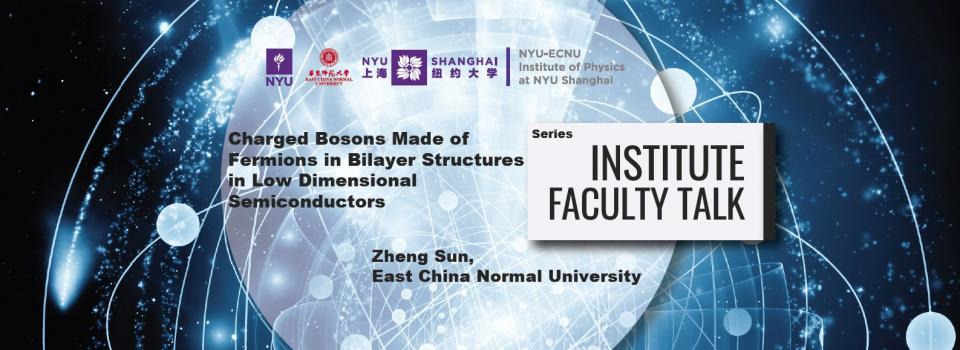
Abstract:
Two-dimensional monolayer structures of transition metal dichalcogenides (TMDs) have been shown to allow many higher order excitonic bound states, including trions (charged excitons), biexcitons (excitonic molecules), and charged biexcitons. We report here experimental evidence and the theoretical basis for a new bound excitonic complex, consisting of two free carriers bound to an exciton in a bilayer structure. Our experimental measurements on structures made using two different materials show a new spectral line at the predicted energy with two different TMD materials (MoSe2 and WSe2) with both n- and p-doping, if and only if all the required theoretical conditions for this complex are fulfilled, in particular, only in the presence of a parallel metal layer that significantly screens the repulsive interaction between the like-charge carriers. Because these four-carrier bound states are charged bosons, they could eventually be the basis for a new path to superconductivity without Cooper pairing.
Biography:
Dr. Sun is a research professor in physics and his interest field can be best summarized as the exploration of light-matter interaction at the nanoscale. He joined the State Key Laboratory of Precision Spectroscopy at ECNU from Dec. 2020 after he finished his Postdoc at the University of Pittsburgh. He received his Ph.D. degree from the City University of New York in 2017. So far, he has published 15 scientific papers, 3 of them are in Nature Photonics. He is also doing peer review for about 20 different journals such as Nature, Nature Photonics, PRL and etc.
Seminar by the NYU-ECNU Institute of Physics at NYU Shanghai


